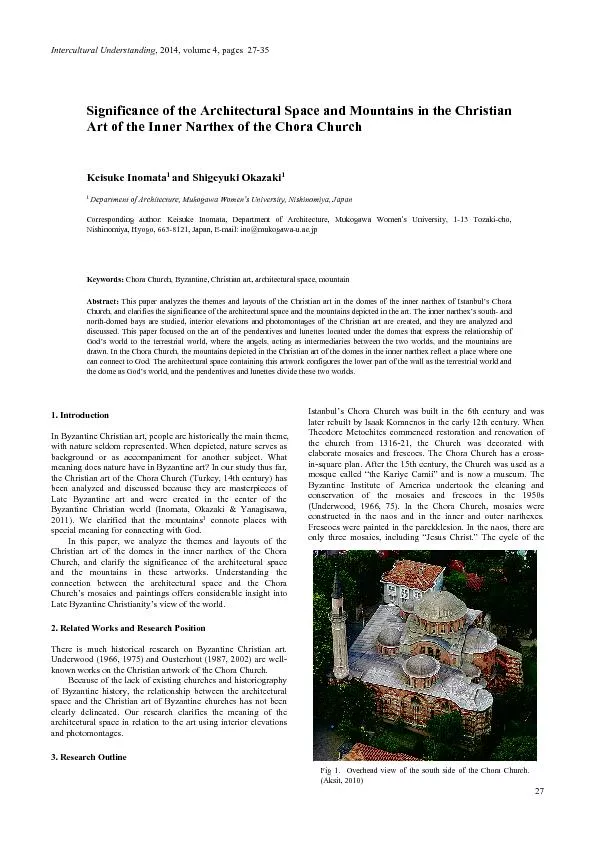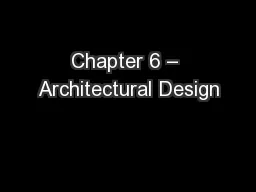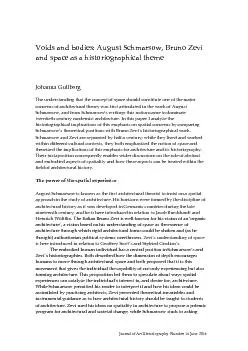PDF-Significance of the Architectural Space and Mountains in the Christia
Author : trish-goza | Published Date : 2016-08-31
35 Baptism of Christ148 147The Transfiguration of Christ148 the 147Crucifixion148 and so forth are believed to have been in the naos but are not longer in existence
Presentation Embed Code
Download Presentation
Download Presentation The PPT/PDF document "Significance of the Architectural Space ..." is the property of its rightful owner. Permission is granted to download and print the materials on this website for personal, non-commercial use only, and to display it on your personal computer provided you do not modify the materials and that you retain all copyright notices contained in the materials. By downloading content from our website, you accept the terms of this agreement.
Significance of the Architectural Space and Mountains in the Christia: Transcript
Download Rules Of Document
"Significance of the Architectural Space and Mountains in the Christia"The content belongs to its owner. You may download and print it for personal use, without modification, and keep all copyright notices. By downloading, you agree to these terms.
Related Documents














